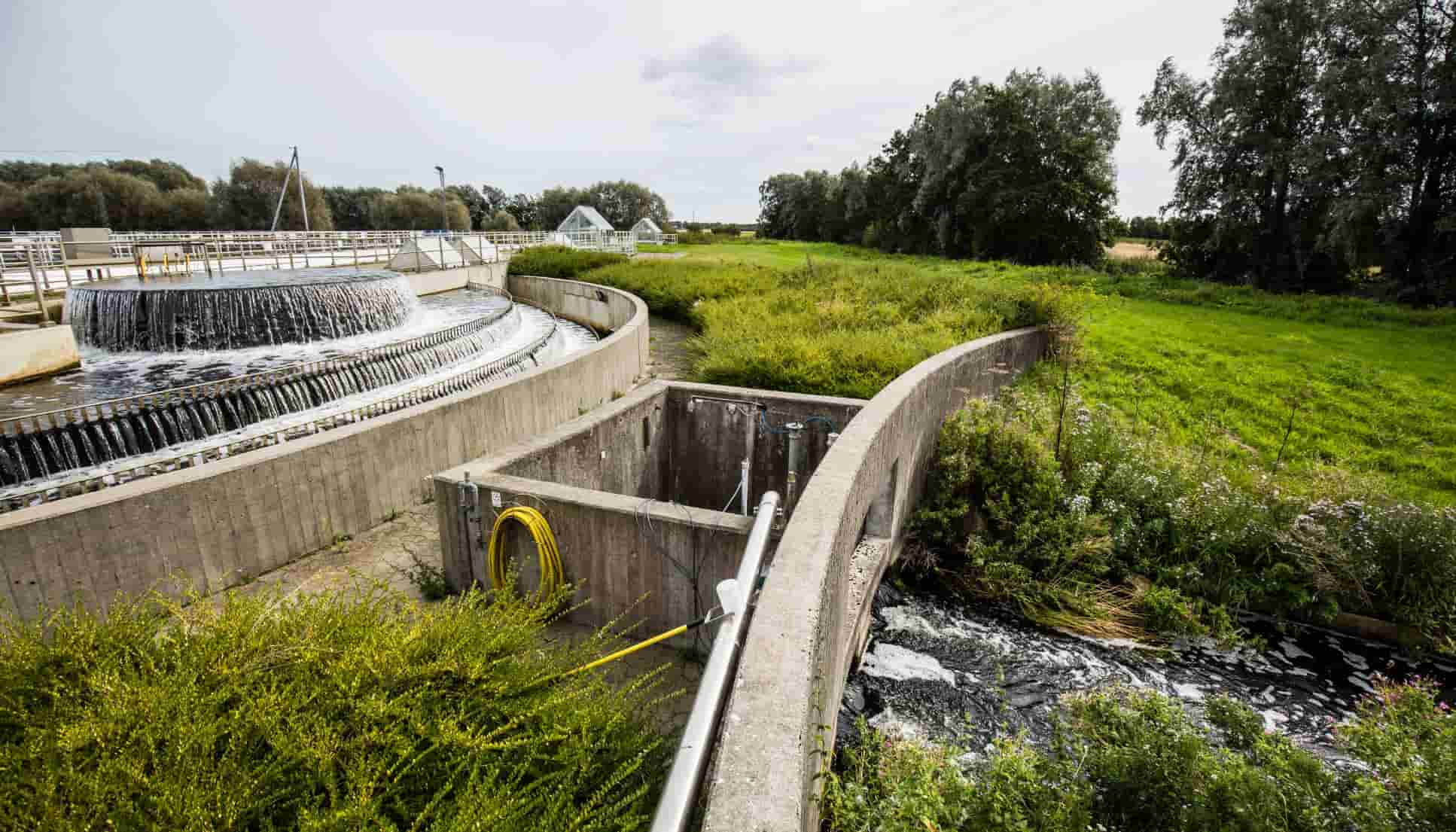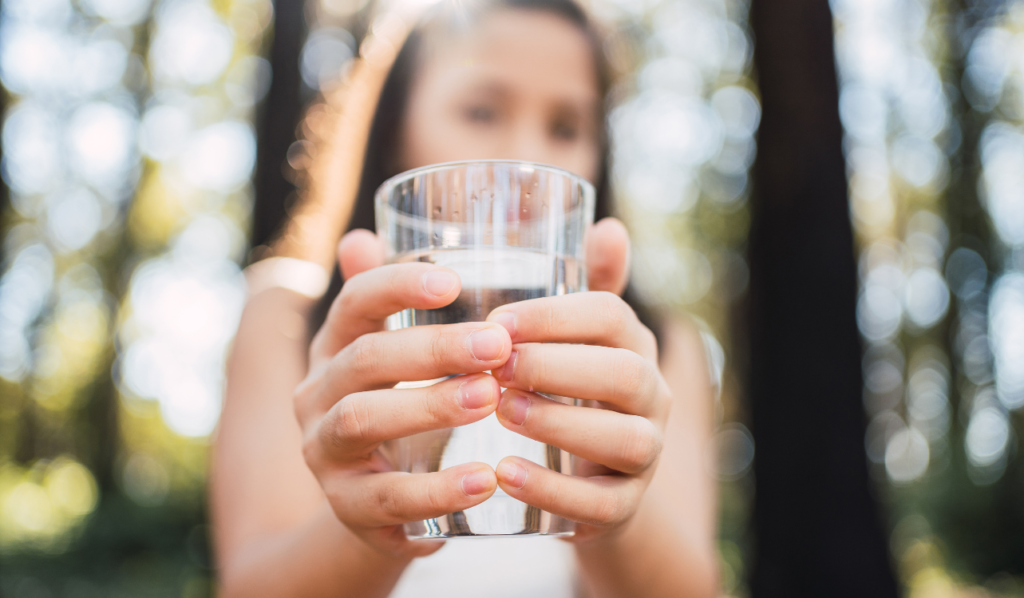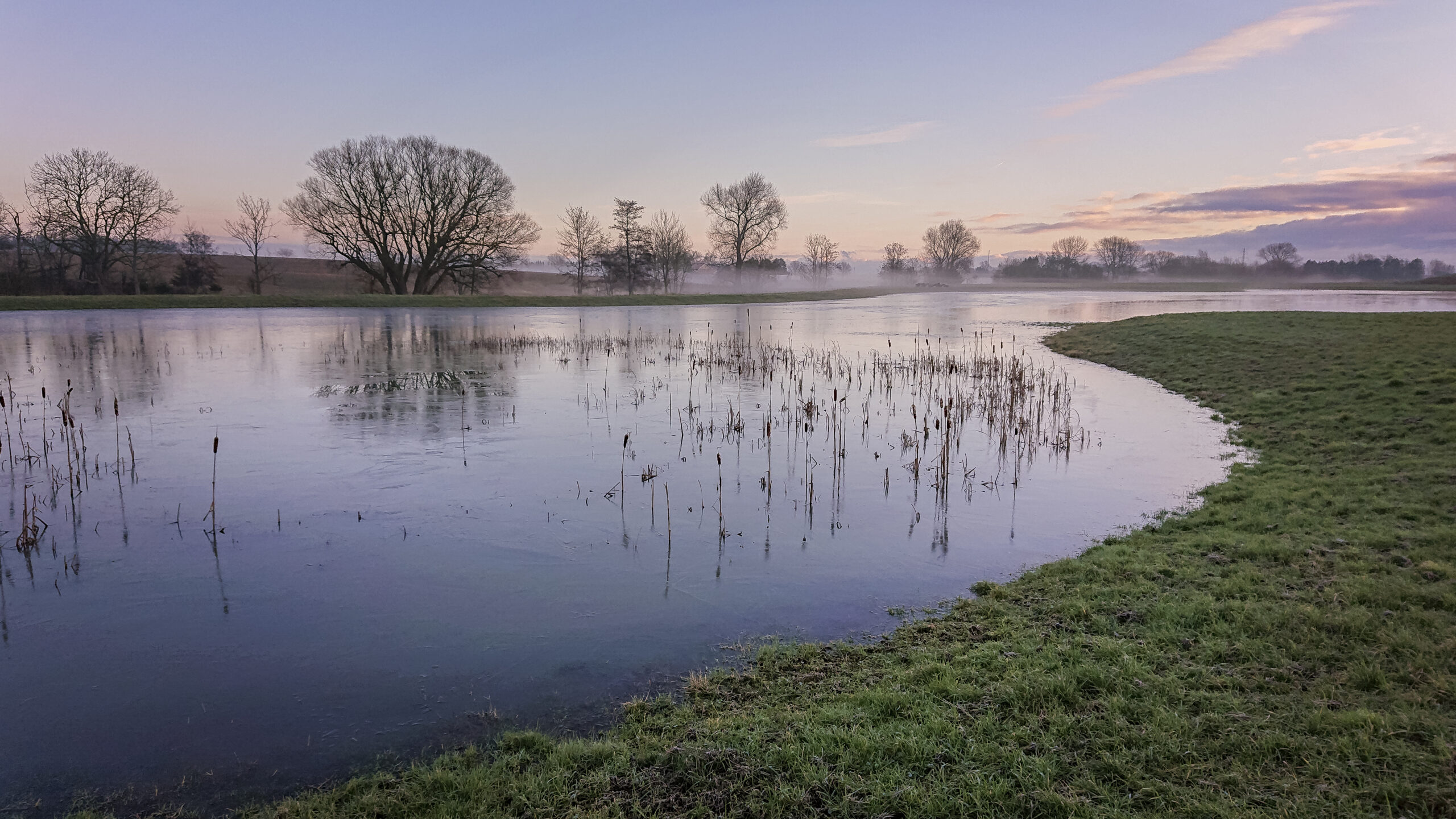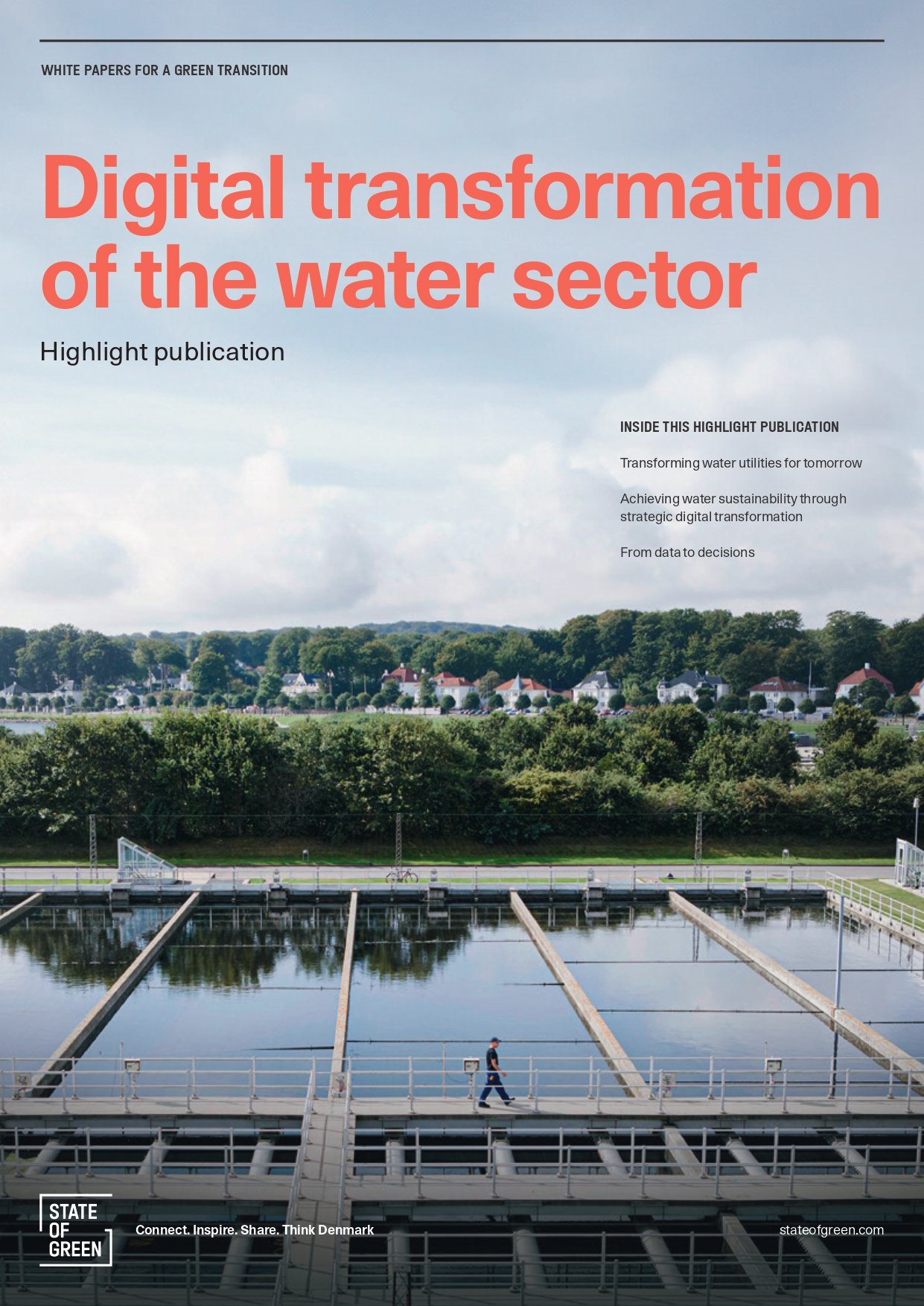News
Energy recovery from wastewater
Resource recovery from wastewater
Wastewater management
+2
State of Green white paper: Unlocking the potential of wastewater


Increasing water scarcity and population growth underline the importance of treating and understanding the value of wastewater. The United Nations’ Sustainable Development Goal 6 aims to halve the proportion of untreated wastewater discharged into our water bodies by 2030. In achieving this goal, it is important also to focus on energy efficiency and energy recovery in the design of new and upgrade of existing wastewater treatment plants.
Today, less than 20 per cent of the world’s wastewater is treated. In Denmark, that figure is 97 per cent. Economic incentives exist, which encourage Danish wastewater treatment plants (WWTP) to treat the wastewater to an even higher quality than what they are legally required to.
In her foreword to the white paper, Danish Minister for Environment, Lea Wermelin writes:
“When we treat our wastewater, we protect both human health and the aquatic environment as well as increase biodiversity. At the same time, we have technologies that can help reduce greenhouse gas emissions and energy consumption from wastewater treatment.”
-Related solutions: Removal of micropollutants in wastewater through innovative use of known technology
Wastewater as a source of clean energy
The water sector accounts for approx. 4 per cent of the world’s total electricity consumption and wastewater treatment alone accounts for a quarter of this. In Denmark, the water sector’s share of the country’s total electricity consumption has fallen to 1.9 per cent. Most Danish wastewater treatment plants have invested in different ways to reduce their energy consumption and are increasingly focusing on energy production. As a next step, some water utilities are also looking into recovering the heat from the wastewater before it is discharged with the additional benefit of reducing the temperature impact on the receiving waters.
Inspirational energy cases
The Danish water sector aims to be energy and climate neutral by 2030. Part of the solution to reaching this goal is through energy efficiency and energy recovery from the wastewater sludge. Several plants are already net producers of energy and some of Denmark’s largest water utilities have already set goals of becoming energy neutral throughout the entire water cycle in a few years’ time.
In Denmark’s second largest city, the water utility Aarhus Vand has put great focus on energy savings and energy production in recent years. Aarhus Vand’s Marselisborg WWTP produced 30 per cent more electricity than the amount consumed by the plant itself on average between 2015-2019. At the same time, the treatment plant produced 75 per cent more heat than it consumed, resulting in a total net energy production of 150 per cent. Most of the energy-saving technologies installed at the Marselisborg WWTP have a payback time of less than five years.
Another case in the white paper explains how the Downers Grove Sanitary District in Illinois, USA has dedicated significant resources to reducing its energy footprint. Improvements in process efficiency and variable frequency drives have resulted in a 30 per cent reduction in electricity usage at its WWTP. The remaining electricity used by the facility is produced on-site using a biogas driven combined heat and power system. Furthermore, heat recovery in the form of circulating hot water is used for plant process heat. The combined heat and power plant was installed in 2017 with a payback time of 3.5 years. Total infrastructure investments of roughly USD 5 million are expected to have a 10-year payback period.
-Related solution: Lower specific energy and reliable flow estimates in wastewater networks
Find inspiration for your own wastewater projects
This white paper features lessons learned from different Danish stakeholders within wastewater treatment. It is meant to serve as a tool for inspiration for reaping the benefits of using wastewater as a resource.
Download the white paper “Unlocking the potential of wastewater”
[green]Did you know....
Wastewater is one of many topics that will be covered at the IWA World Water Congress and Exhibition that is scheduled to take place in Copenhagen on 9-14 May, 2021.
[button text="Learn more about the IWA World Water Congress 2021 " url="https://worldwatercongress.org/"][/button] [/green]















